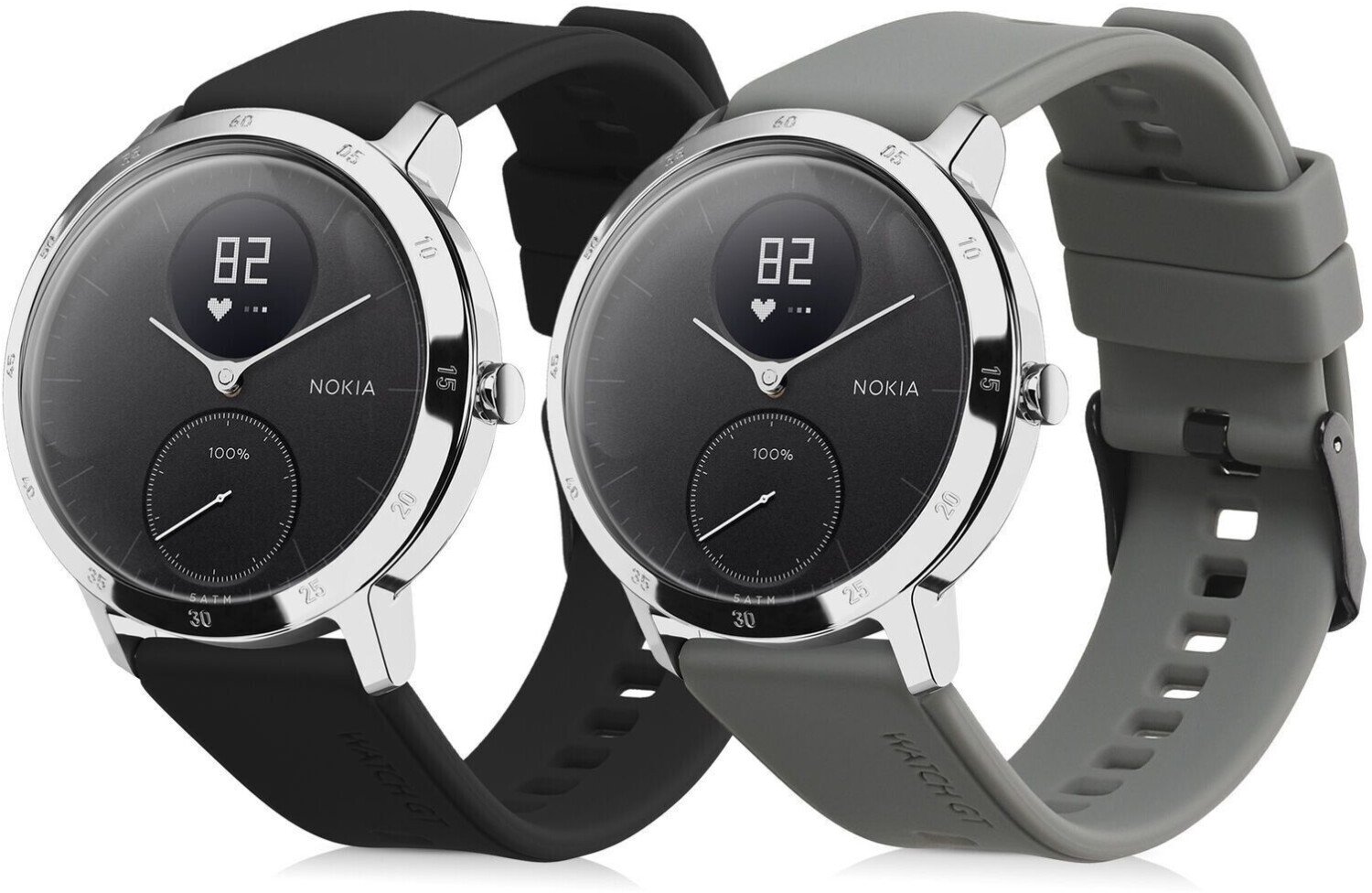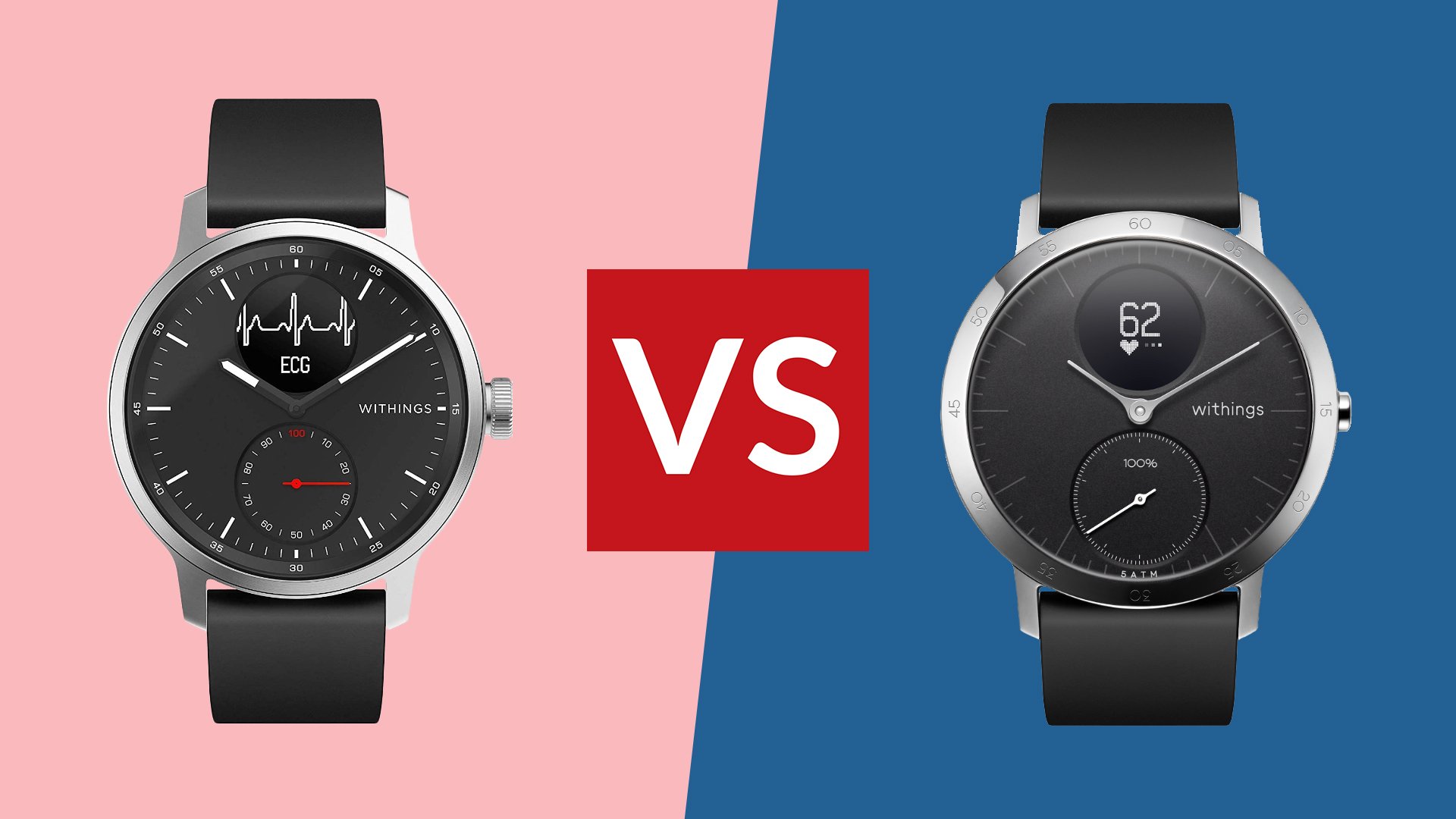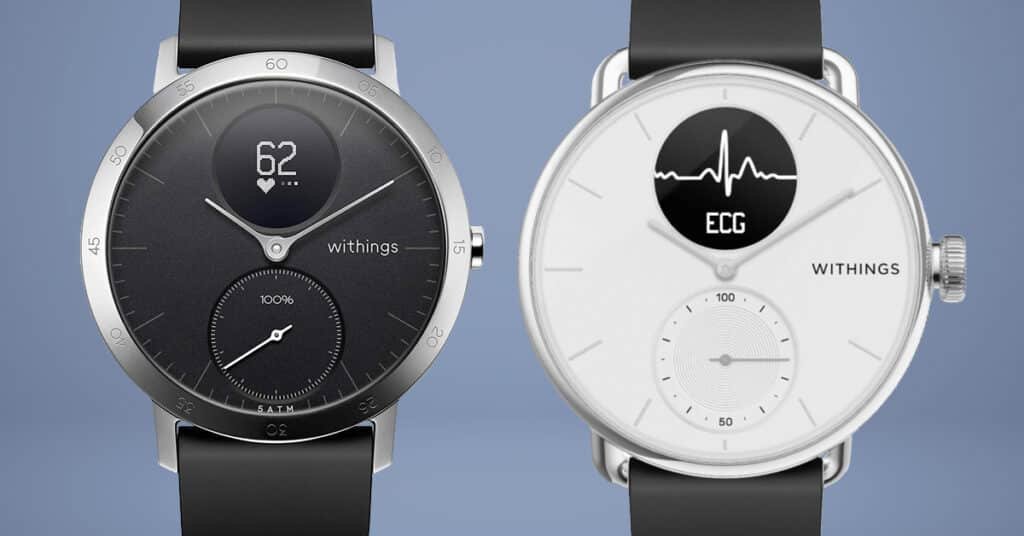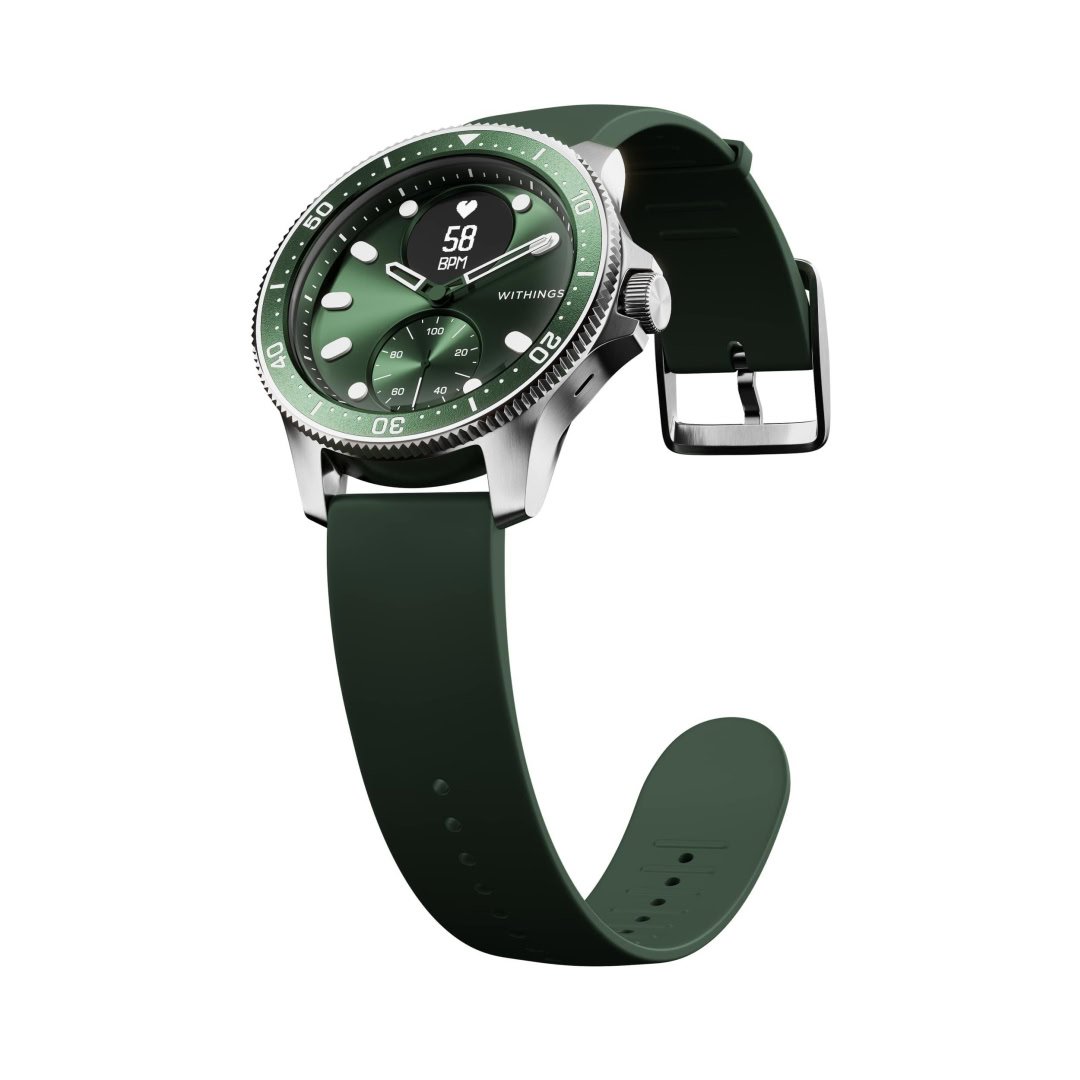The Anti-Smartwatch: A Review of the Withings ScanWatch

In a world saturated with wrist-worn computers vying for our attention with vibrant screens and constant notifications, the Withings ScanWatch series presents a compelling counter-argument. It’s a smartwatch for the person who doesn’t want a smartwatch. Instead of a miniature smartphone, Withings has crafted a sophisticated health-tracking instrument disguised as a timeless analog timepiece. It promises the best of both worlds: classic aesthetics and cutting-edge, clinically validated health monitoring. But does this hybrid approach deliver a truly superior experience, or is it a compromise that satisfies no one?
A Masterclass in Design
From the moment you unbox it, the ScanWatch—and particularly its premium dive-watch variant, the ScanWatch Horizon—impresses with its build quality. This is not a plastic-clad gadget; it’s a proper watch. The 316L stainless steel case, rotating bezel (on the Horizon), and sapphire glass crystal feel substantial and durable. The physical watch hands sweeping across the traditional dial are a refreshing sight, grounding the device in classic horology.

Tucked into the top half of the watch face is a small, circular PMOLED screen. This is where the “smart” functionality lives, and its discreet nature is central to the ScanWatch’s appeal. It remains off most of the time, preserving the analog look and, more importantly, the battery. A press of the digital crown awakens it, allowing you to cycle through health metrics, start a workout, or view notifications. While brilliant for its subtlety, this tiny display is also a core limitation. Reading anything more than a short text message preview is a squint-inducing exercise, and there are no actionable notifications or third-party apps. This is by design, but for those accustomed to the rich ecosystems of Apple or Google, it will feel sparse.

A Health Lab on Your Wrist
Where the ScanWatch sheds its minimalist persona is in its suite of health features. This is where your investment truly pays off. Withings has packed this device with serious, medically validated hardware. The headline features are the on-demand electrocardiogram (ECG) for detecting signs of atrial fibrillation (AFib) and the medical-grade SpO2 sensor for measuring blood oxygen levels. The ability to run an overnight respiratory scan to screen for breathing disturbances is a potential lifesaver for identifying signs of sleep apnea.
Beyond these flagship features, the ScanWatch excels at the fundamentals. Its sleep tracking is among the best in the business, providing a detailed breakdown of light, deep, and REM sleep, along with a holistic sleep score. Activity tracking is robust, automatically detecting walks, runs, and swims, while the connected GPS (which leverages your phone’s signal) is accurate for outdoor workouts. The lack of onboard GPS is a notable omission for serious runners who want to leave their phone at home, representing one of the device’s few significant hardware compromises.

Unrivaled Performance and Longevity
The most profound difference between using a ScanWatch and a typical smartwatch is the battery life. Withings claims up to 30 days on a single charge, a figure that is not an exaggeration. In real-world testing with regular workout tracking and occasional ECG/SpO2 use, achieving 20-25 days is common. This completely changes your relationship with the device. It becomes a reliable, persistent health monitor rather than another gadget demanding a nightly charge. The performance of the watch is snappy, with the digital crown providing a responsive way to navigate the simple menus. Data syncs seamlessly in the background to the excellent Withings Health Mate app, which does a fantastic job of contextualizing your data and showing long-term trends.
Final Verdict: Timeless Health, Not a Tech Toy
The Withings ScanWatch is not trying to compete with the Apple Watch or Samsung Galaxy Watch, and that is its greatest strength. It carves its own niche for a specific type of user: the health-conscious individual who values data and longevity over apps and distractions, all wrapped in a package that respects traditional watch design. It’s for the person who wants to track their heart health, sleep quality, and activity levels without advertising to the world that they’re wearing a piece of tech.
While the high price point, particularly for the Horizon model, and the lack of smart features like onboard GPS and contactless payments will be deal-breakers for some, its value proposition is clear. You are paying for a premium, beautifully crafted timepiece that doubles as one of the most powerful consumer health-monitoring devices on the market, backed by a battery that simply refuses to quit. If that’s the balance you’re looking for, the ScanWatch is in a class of its own.
Where to Buy:
Withings ScanWatch Horizon/Steel HR Quick Summary
Key Scores:
- Value: 94%
- Design: 91%
- Performance: 92%
- Quality: 91%
- Popularity: 90%
Top Pros
- ✅ Exceptional battery life lasts for several weeks per single charge.
- ✅ Medically validated ECG and SpO2 sensors provide valuable health insights.
- ✅ Timeless analog design blends classic style with smart technology.
- …
Key Cons
- ❌ The small digital display makes reading notifications quite difficult.
- ❌ Lack of onboard GPS requires a phone for accurate run tracking.
- ❌ Smartwatch features like payments and apps are noticeably absent.










 Visit Claritypoint.AI
Visit Claritypoint.AI






